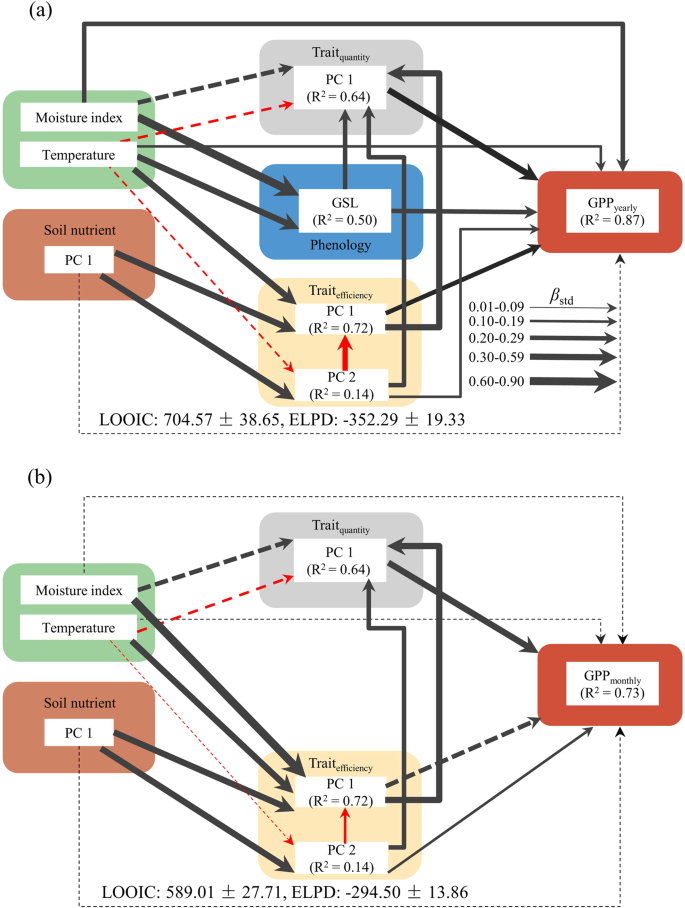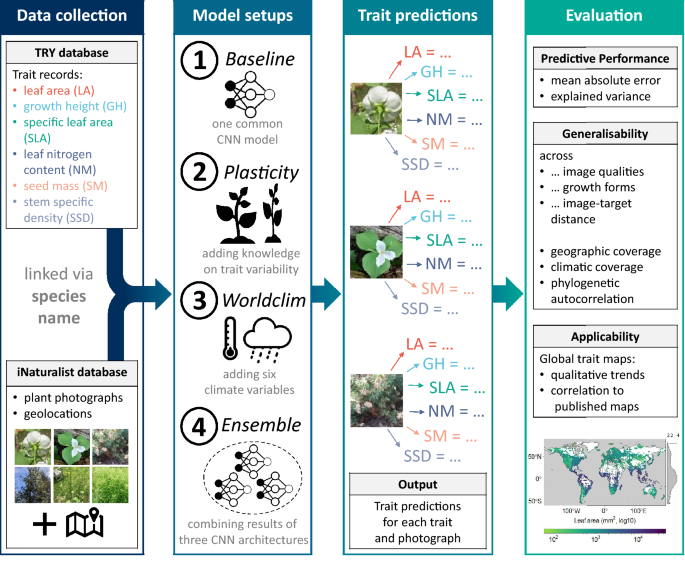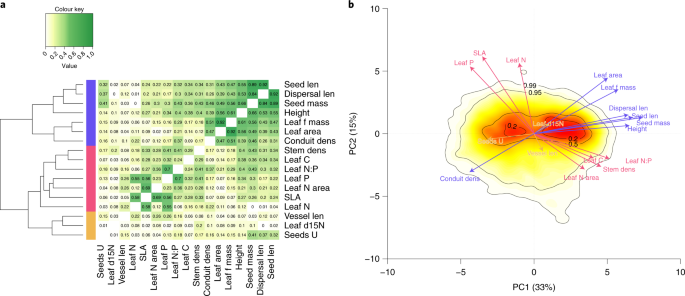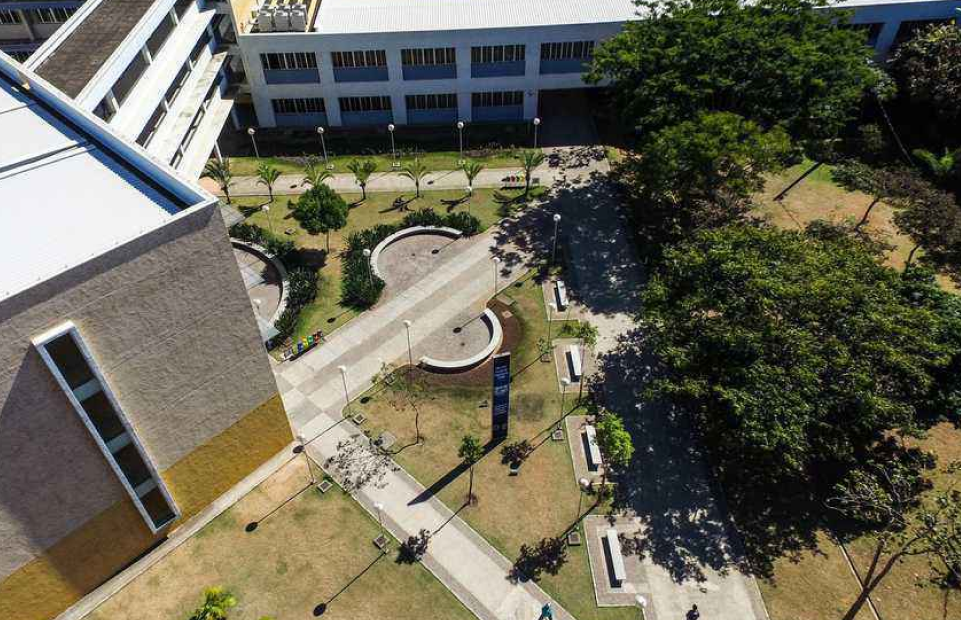Plant functional traits and types: Their relevance for a better
Por um escritor misterioso
Last updated 26 abril 2025

It is proposed here to analyse the potential and limitations of the PFTT concepts in the case of AFS in the humid tropics, notably referring to rainforest dynamics regarding succession patterns. Complex Agroforestry Systems (AFS) in the humid tropics are mixed forest-like ecosystems that often display high species diversity that makes their structure and functioning difficult to understand and simulate. Plant Functional Traits and Types (PFTT) are broadly used concepts in community and ecosystem ecology to address the responses of species to changes in the environment and/or the contribution of species to ecosystem functions. The relevance of these concepts, developed for natural ecosystems, for a better understanding of AFS is unknown but we hypothesize that they might be useful to gain a better understanding of the resilience properties of AFS and to answer the following questions: What is the role of AFS species composition in ecosystem functions? and, conversely: How do environmental changes affect that species composition, and hence AFS performance? We propose here to analyse the potential and limitations of the PFTT concepts in the case of AFS in the humid tropics, notably referring to rainforest dynamics regarding succession patterns. This analysis is based on case studies from coconut-based AFS in Melanesia and coffee-based AFS in West Africa. Plant functional traits, such as growth form, life form, phenology, and height were first used to describe these AFS. Since AFS are a result of farmers interventions, to evaluate their performance specific traits, corresponding to agronomic characteristics of species such as the production cycle, and part of the plant used, need to be considered in addition to traits considered for natural forests. (Resume d'auteur)

PDF] Allocating CSR plant functional types: the use of leaf economics and size traits to classify woody and herbaceous vascular plants

Plant functional traits and types: Their relevance for a better understanding of the functioning and properties of agroforestry systems

Relationships between above‐ground plant traits and carbon cycling in tundra plant communities - Happonen - 2022 - Journal of Ecology - Wiley Online Library

Microplastics Can Change Soil Properties and Affect Plant Performance

Integrating multiple plant functional traits to predict ecosystem productivity

Phyllosphere - Wikipedia

Deep learning and citizen science enable automated plant trait predictions from photographs
Using Plant Functional Traits to Explain Diversity–Productivity Relationships

Plant functional traits play the second fiddle to plant functional types in explaining peatland CO2 and CH4 gas exchange - ScienceDirect

Plant functional traits best explain invasive species' performance within a dynamic ecosystem - A review - ScienceDirect

Climatic and soil factors explain the two-dimensional spectrum of global plant trait variation

Plant functional traits and viewer characteristics co-regulate cultural services provisioning by stormwater bioretention - ScienceDirect



















